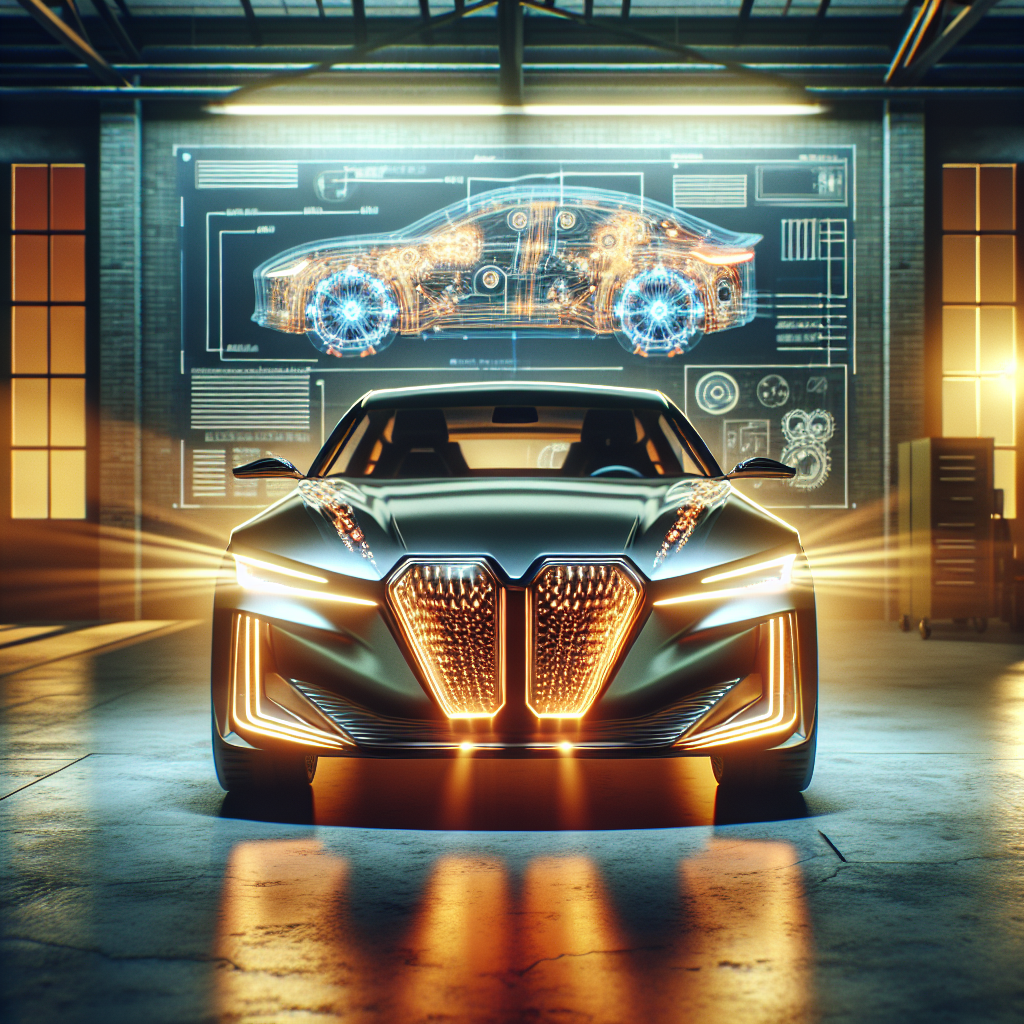Valeo and TactoTek: A Game-Changing Collaboration in Automotive Lighting
The automotive industry is on the brink of an exciting transformation, with innovative technologies reshaping the way vehicles function and interact with their surroundings. A recent collaboration between Valeo and TactoTek is driving this change by introducing groundbreaking In-Mold Structural Electronics (IMSE®) technology into vehicle interiors and exteriors.
This partnership marks a new era in vehicle design, promising cutting-edge lighting solutions that enhance safety, personalization, and advanced driver assistance systems (ADAS). Let’s explore how this revolutionary approach is set to redefine automotive lighting and what opportunities it presents for the future of mobility.
What is In-Mold Structural Electronics (IMSE®)?
IMSE® technology is a next-generation solution that integrates electronic functionality directly into a vehicle’s structural components. Unlike traditional electronic systems that rely on bulky circuit boards and wiring, IMSE® embeds electronics into thin, lightweight, and durable materials.
Some key advantages of IMSE® technology include:
- Reduced weight and complexity – Eliminates the need for separate wiring and circuits, making vehicles lighter and more fuel-efficient.
- Enhanced durability – Electronics become part of the structure itself, increasing resistance to wear and external damage.
- Seamless integration – Enables sleek, modern, and customizable designs for next-generation vehicle interiors and exteriors.
Valeo’s decision to implement IMSE® technology in its designs represents a significant step toward future-proofing automotive lighting solutions.
The Impact of IMSE® on Automotive Lighting
Lighting plays a crucial role in vehicle safety, efficiency, and aesthetics. Valeo’s integration of IMSE® technology offers major enhancements in several key areas:
1. Improved Safety and Visibility
With IMSE®, vehicle lighting systems can be designed to improve visibility for both drivers and pedestrians. High-precision, adaptive lighting can react dynamically to driving conditions, enhancing safety on the road. Additionally, IMSE® allows for the seamless integration of ADAS-enabled lighting systems, which can project warnings or illuminated signals on the road to alert drivers to potential hazards.
2. Personalized Vehicle Interiors
In today’s era of connected and autonomous vehicles, personalization is a major trend. IMSE® technology supports customizable ambient lighting that can adapt to a driver’s mood, driving conditions, or even personalized settings stored in a vehicle’s system.
3. Energy Efficiency and Sustainability
Reducing a vehicle’s energy consumption is critical for improving efficiency, especially in electric vehicles (EVs). By eliminating traditional wiring and adopting lightweight structural electronics, Valeo’s lighting solutions can help manufacturers optimize energy usage and extend battery life.
An Exciting Future for Automotive Design
The collaboration between Valeo and TactoTek signals a shift in the way vehicle lighting systems are conceptualized and implemented. By moving beyond conventional electronic assemblies and embracing IMSE®, Valeo is paving the way for a future where lighting is not just functional but also a key element of a vehicle’s design identity.
Some potential applications of this technology in the coming years include:
- Interactive dashboard displays: Integration of touch-sensitive lighting panels that enhance in-car user experiences.
- Smart exterior lighting: Lights that dynamically adjust based on driving conditions and external factors.
- Seamless communication with pedestrians and other vehicles: Projected signals for increased road safety.
Final Thoughts
Valeo and TactoTek’s partnership is more than just a technological breakthrough; it’s a preview of how vehicles will evolve in the coming years. Through IMSE®-powered solutions, we can expect more intelligent, adaptive, and efficient lighting systems that not only enhance vehicle performance but also contribute to a more sustainable and connected automotive ecosystem.
As this technology continues to develop, it will be fascinating to see how automakers worldwide integrate structural electronics into their future designs. For now, one thing is certain—the future of automotive lighting is here, and it looks brighter than ever.



Leave a Reply